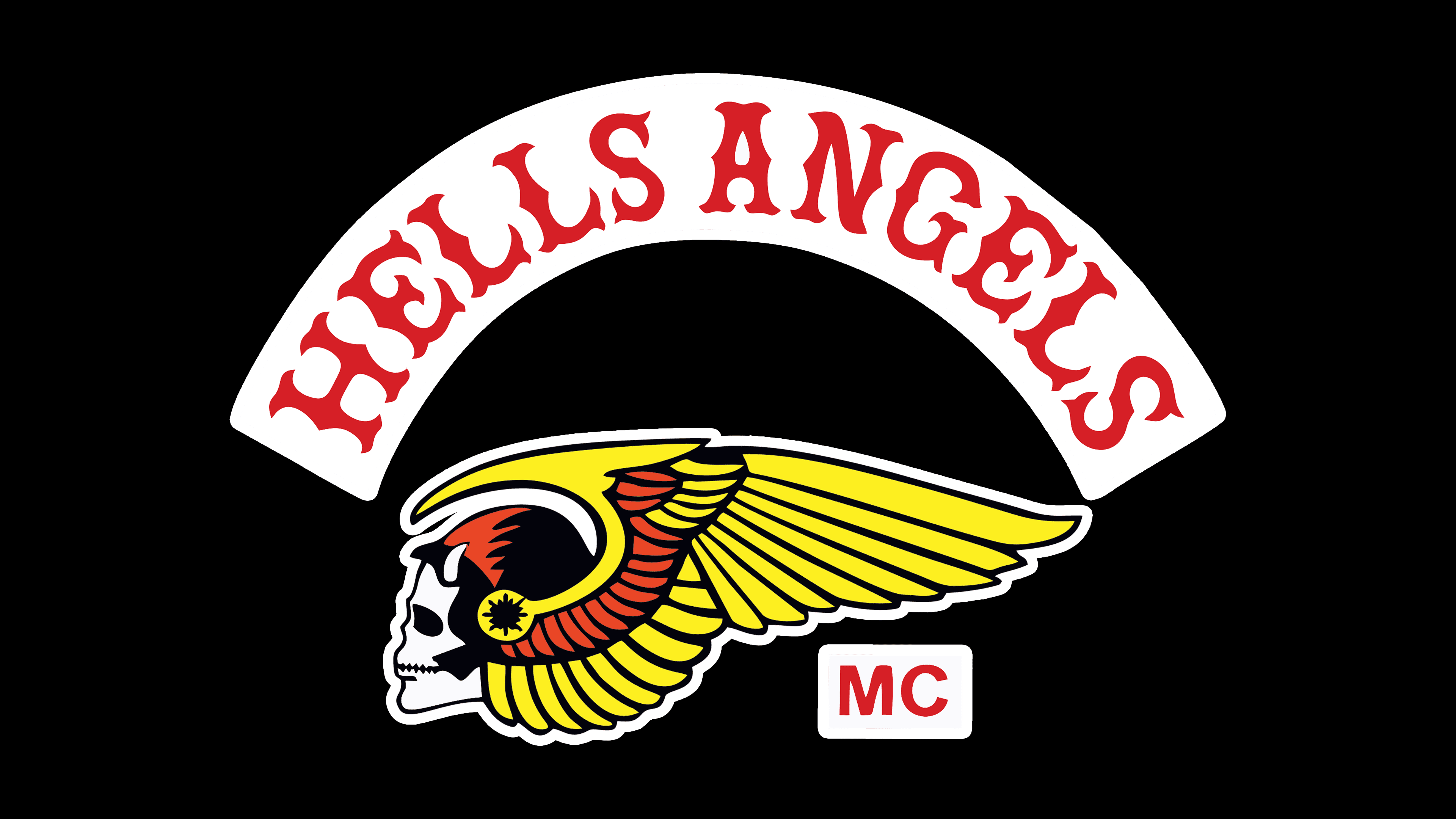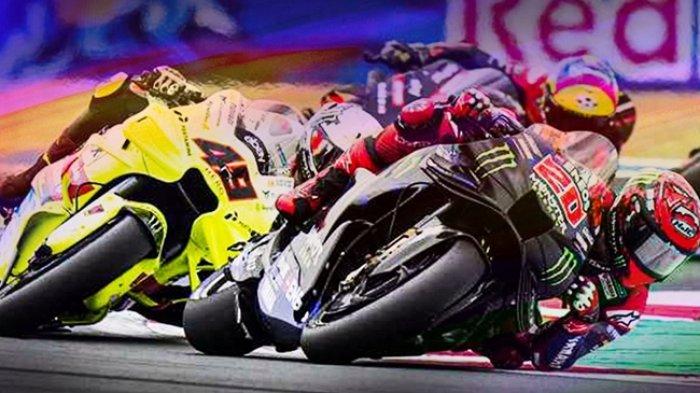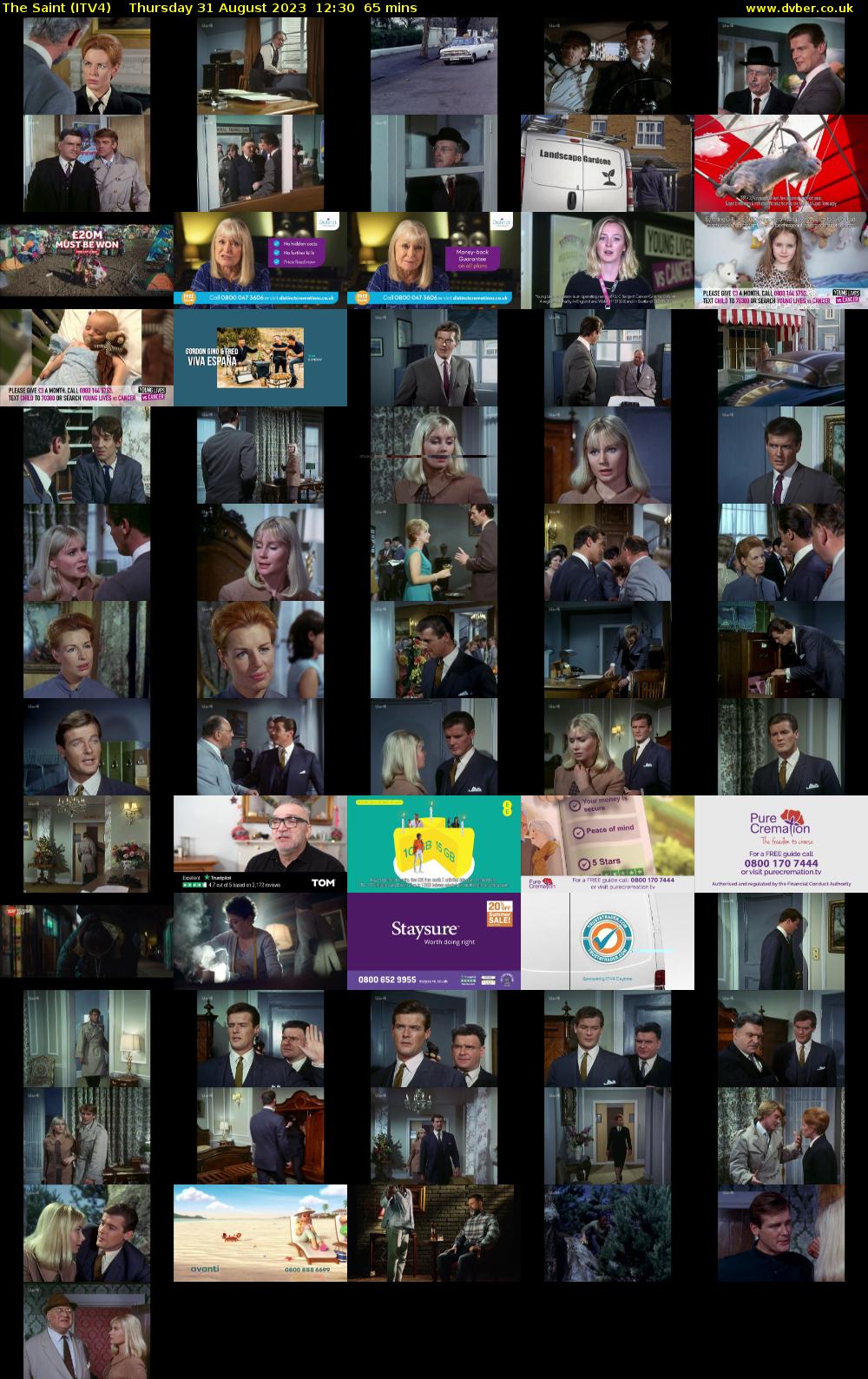The Hells Angels: Myths, Realities, And Public Perception

Table of Contents
The History and Origins of the Hells Angels
The Hells Angels Motorcycle Club's origins trace back to post-World War II America. Founded in 1948 in Fontana, California, the club initially comprised veterans seeking camaraderie and a sense of belonging after returning from the war. Early members were predominantly white, working-class men, drawn together by their shared experiences and passion for motorcycles. However, the club's image quickly evolved, transitioning from a post-war social club to an organization with a far more notorious reputation. Several factors contributed to this transformation, including internal conflicts, clashes with rival motorcycle clubs, and increasing involvement in criminal activities. The Hells Angels' growing notoriety and their embrace of a rebellious outlaw image solidified their place in popular culture, albeit often in a highly negative light.
- Founding year and location: 1948, Fontana, California
- Early membership demographics: Primarily white, working-class World War II veterans
- Key events shaping early history: Early conflicts with rival motorcycle clubs like the Boozefighters solidified their reputation for violence and cemented their "outlaw" image.
- Transition from post-war camaraderie to organized structure: The club gradually developed a hierarchical structure and sophisticated internal organization, enabling its expansion and involvement in increasingly complex criminal operations.
The Structure and Organization of the Hells Angels
The Hells Angels operate under a hierarchical structure, organized into chapters and mother chapters. This organizational model allows for geographical expansion and coordination of activities across various regions. The club's structure is rigid, with strict rules, rituals, and an elaborate initiation process for prospective members. Aspirants typically go through a probationary period known as a "hangaround" before potentially becoming a "prospect" and ultimately a full-fledged member. This hierarchical structure and strict codes of conduct contribute to the club's cohesion and its ability to operate effectively, despite its notorious reputation.
- "1%er" status and its significance: The "1%er" patch signifies that the club identifies with the 1% of motorcyclists deemed to be outlaws.
- Charter system and its geographical distribution: The charter system allows the club to establish autonomous chapters across numerous locations nationally and internationally.
- Internal governance and decision-making processes: Internal governance relies on a strict chain of command with ultimate authority resting with the top leadership.
- Membership requirements and responsibilities: Requirements for membership are stringent, often including a demonstration of loyalty, commitment, and willingness to participate in club activities.
Criminal Activities and Allegations
The Hells Angels have faced numerous allegations of involvement in various criminal activities, including drug trafficking, violence, extortion, and money laundering. While establishing direct links between the club's official policies and specific criminal acts is challenging due to the organization's secrecy and the difficulty in obtaining evidence, numerous documented instances exist that showcase the involvement of individual members in criminal activities. Attributing actions to the entire organization is complex; however, legal battles and convictions have implicated numerous members and chapters in various criminal enterprises, thus tarnishing the club's reputation further.
- Specific instances of alleged criminal involvement: Numerous court cases and media reports have documented involvement in drug trafficking, specifically methamphetamine.
- Legal battles and convictions related to the club: Multiple members have faced prosecution and conviction for various crimes, ranging from assault to murder.
- The role of law enforcement in investigating Hells Angels activities: Law enforcement agencies worldwide actively monitor and investigate the club's activities, facing difficulties due to the club's secretive nature.
- The complexities of proving organizational culpability vs. individual actions: Disentangling individual actions from official club policies remains a challenge for law enforcement and legal authorities.
The Hells Angels in Popular Culture and Media
The Hells Angels have been prominently featured in movies, books, documentaries, and other media, often shaping public perception. These portrayals range from romanticized depictions that highlight the club's rebellious spirit to highly critical accounts that focus on their criminal activities. Media representation has significantly contributed to the club's mystique and iconic status, often fueling sensationalism and reinforcing pre-existing stereotypes.
- Examples of influential media portrayals: Films like Easy Rider helped solidify the club's image in the public imagination.
- The role of sensationalism in shaping public opinion: Sensationalized media coverage often reinforces negative stereotypes and exaggerates the club's criminal activities.
- How media coverage has contributed to the club's mystique: Media attention, regardless of its tone, has contributed to the club's enduring legendary status.
- The contrast between media portrayal and the lived reality of club members: Media often presents a highly stylized and selective view of the Hells Angels, often neglecting the diverse experiences and motivations of its individual members.
Public Perception vs. Reality: Debunking Myths and Misconceptions
Many myths and misconceptions surround the Hells Angels. It's crucial to differentiate between generalized perceptions and the reality of the club's complex internal structure and activities.
- Myth 1: All members are involved in criminal activity. Reality: While many members have been involved in criminal activities, it's inaccurate to assume that all members actively participate in illegal operations.
- Myth 2: They are all violent and aggressive. Reality: While a culture of violence exists within certain factions, generalizing all members as inherently violent is inaccurate.
- Myth 3: The club is a monolithic entity with a unified agenda. Reality: The club’s structure allows for decentralized actions; individual chapters may operate independently of others.
Conclusion
Understanding the Hells Angels requires navigating a complex landscape of history, structure, alleged criminal activities, and media portrayals. Separating fact from fiction remains a challenge due to the club's secrecy and the often sensationalized nature of media coverage. This article aimed to provide a nuanced perspective by examining the available evidence and contrasting it with common myths and misconceptions surrounding the Hells Angels. Continue exploring the complex history and societal impact of the Hells Angels. Further research into their activities and public perception will help foster a more informed understanding of this controversial motorcycle club. Learn more about the Hells Angels and form your own informed opinion.

Featured Posts
-
 Accusations De Sexisme Contre Thierry Ardisson L Influence Du Temoignage De Laurent Baffie
May 26, 2025
Accusations De Sexisme Contre Thierry Ardisson L Influence Du Temoignage De Laurent Baffie
May 26, 2025 -
 Saksikan Moto Gp Argentina 2025 Di Trans7 Jadwal Tayang Lengkap
May 26, 2025
Saksikan Moto Gp Argentina 2025 Di Trans7 Jadwal Tayang Lengkap
May 26, 2025 -
 When Is The Saint On Itv 4 A Viewing Guide
May 26, 2025
When Is The Saint On Itv 4 A Viewing Guide
May 26, 2025 -
 Balancing Mining And Conservation Rio Tintos Pilbara Strategy
May 26, 2025
Balancing Mining And Conservation Rio Tintos Pilbara Strategy
May 26, 2025 -
 Navigating Us Protectionism Strengthening Canada Mexico Trade Relations
May 26, 2025
Navigating Us Protectionism Strengthening Canada Mexico Trade Relations
May 26, 2025
